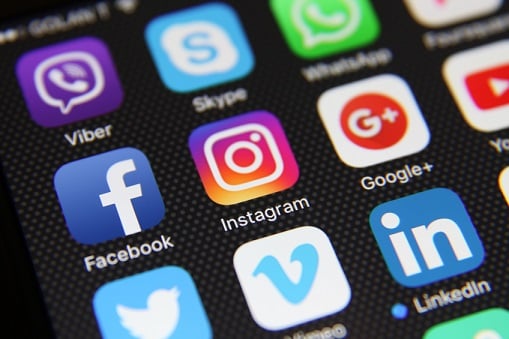

In recent years, the insurance industry has found itself under increased pressure to improve the resilience and response capabilities of communities – whether that means helping them better mitigate risk, react when a danger arises, or recover when something goes wrong.
As with a plethora of challenges facing insurance, the industry is increasingly turning to technology to help with the task – and social media seems to be a particularly promising avenue.
Tom Croshaw, a senior analyst with Aon’s Reinsurance Solutions, says social media has already been an effective medium for the insurance industry to communicate with clients around preparedness, response and recovery.
“One of the most common uses is promoting resilience to natural hazards via social networking platforms,” says Croshaw. “An example is US insurers providing property checklists to highlight mitigation efforts prior to seasonal hazard periods.”
In Australia, a similar tactic was adopted by Suncorp, which offered premium discounts of up to 20% to customers who were proactive about mitigating their cyclone risk. The initiative – dubbed the Cyclone Resilience Benefit – was widely promoted on social media.
Kirsten Mills, general manager of JLT Sport and Entertainment, also backs social media as a valuable tool for the insurance industry – in fact, the brokerage often communicates with clients, volunteers and players via various networking channels.
“We have regular e-communication – short, sharp messages around risk and trying to help national sporting organisations communicate with their members in a more simplistic format that everyone can understand,” she tells Insurance Business.
“We also deliver messages in real time and we do a lot of calculation around events – for example, weather is a key component of going ahead with an event so clients need to know if they’re going to be allowing people to compete in lightening or extreme heat. That could even lead into the closure of events and communicating that to customers.”
Social media platforms have also been critical in identifying where major stresses exist to help focus aid efforts.
“There is evidence of communities having higher survival rates and greater resilience where there is active citizenship through strong local engagement – even though they received minimal assistance from government and business,” says Croshaw.
Interestingly, this has also led to improved information for insurers, who can now leverage analytics to identify fraudulent claims activity during events.
“An example of which is identifying unusually large claims made outside of the known catastrophe footprint,” says Croshaw.
